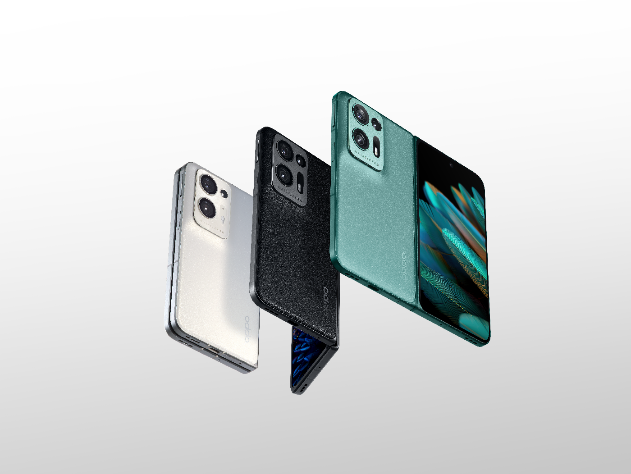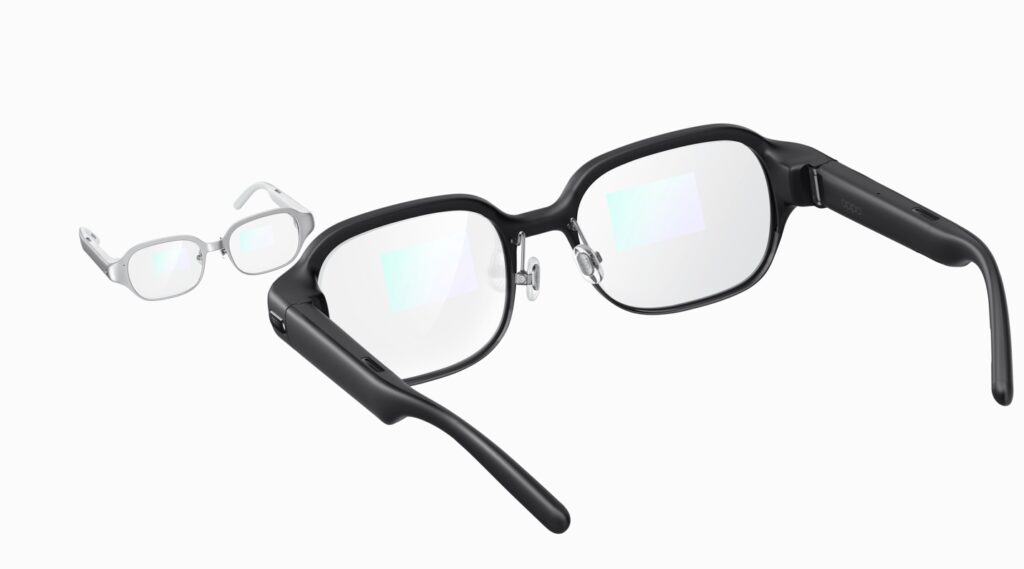Oppo will replace Huawei in major European markets. The Dongguan-based company’s ambition could become a reality in the coming months, thanks partly to the alliance between the two companies. Because of this, Oppo aspires to repeat Huawei’s rise as a reference for smartphones in Europe, where the Shenzhen-based company has left a huge void due to the US government’s blacklisting of undesirable companies. The business blockade sought by the US dates back to May 2019, but by July of the following year, Huawei was the leading smartphone manufacturer on a global scale: with a 20% market share, it had completed its run-up to Samsung.
The game-changing deal
Since then Huawei’s share of European markets has dissolved, favouring the advancement of new companies from the Dragon country. Oppo has closed a cross-licensing deal with Huawei itself to exchange patents among them. It means that each will be able to access the patents of others, paying, of course. Also included in the list are Huawei’s patents on 5G, a critical point around which the ban imposed by the United States originated, according to which the use of Chinese products and technologies could jeopardise national security.
The deal is not a surprise when looking at the move from the perspective of Huawei, which had already explored the possibility of licensing its patents last year to secure revenues that would diversify the source of revenue and allow for damage limitation. In the two years 2019-2021, Huawei estimated revenues of $1.3 billion from licences, so not being able to return to international markets at total capacity, it is a natural choice to open the doors to a paying partner.
Outlining the willingness to look concrete and experiment less than in the past was Ren Zhengfei, the company’s founder and chairman, in recent months. “Huawei must reduce over-optimistic expectations for the future and until 2023 or even 2025, we must make survival the most important guideline, and not just survive, but survive with quality”.
Also adding to the fears were the staff cuts initiated in 2021, with the total number of employees being reduced for the first time since 2008. The turnover also shows that Huawei is living a second life after the glories of the past. In 2022, total revenue was 636.9 billion yuan (equivalent to just over 87 billion euros), matching the 2021 figure (636.8 billion yuan). This a sign that the Chinese have now found balance and continuity after the blow to the accounts from the US ban.
The future of Oppo
The agreement with Huawei will put the turbocharger on Oppo, which in exchange, gains the opportunity to take advantage of the vast number of technologies and innovations, as well as know-how, crucial elements in the success of Huawei, which was able to start from scratch and excel in several European markets. The agreement also allows Oppo to move beyond the diatribe with Nokia, which has sued the Chinese company in Germany and Australia for patent infringement related to 4G and 5G. Nokia’s plan is to curb sales of Oppo smartphones, which has removed all reference to the products on its German website.
Being able to use Huawei’s technologies, therefore, means being able to shelve the issue. An advantage that, looking ahead to tomorrow, extends considerably, as Oppo is not affected by the restrictions that have blocked Huawei in international markets. From ‘5G to Wi-Fi to audio/video code’, as specified by Alan Fan, head of Huawei’s intellectual property department, Oppo will have access to the entire package to improve its devices further.




Foldable smartphones
The company founded in 2004 within BBK Electronics (from which OnePlus, Vivo and Realme also come) has several products on the launch pad, some of which were previewed during the recent Inno Day. The foldable smartphones, Find N2 and Find N2 Flip are the most eagerly awaited. They will have to prove themselves next year as credible alternatives to Samsung’s flexible display phones, now in their fourth generation.
The larger pair features a 7.1” internal screen that folds down to offer a 5.54” external display, with a 120 Hz refresh rate in both cases. The Flexion Hinge is designed to withstand 400,000 closures and is less noticeable than the first model. When closed, the Find N2 has a thickness of 14.6 millimetres and a weight of 233 grams, which Oppo celebrates as the lightest large-sized foldable of all.
Triple rear camera (50MP main, 48MP ultra-wide and 32MP telephoto) developed with Hasselblad, with the homemade MariSilicon X chip to make night photos and videos stand out. The processor is Snapdragon 8+ Gen 1, and the 4520mAh battery counts on the 67W charger. Also curious to test is the FlexForm mode, which turns the smartphone into a kind of handset. However, it is impossible to know when you will be able to do so because the smartphones are already available in China and will arrive in Europe in the coming months.
MediaTek Dimensity 9000+ processor, 4300 mAh battery (higher than all other clamshell smartphones) with 44W fast charging, while the camera consists of the main camera with a 50MP Sony sensor and the 8MP ultra-wide-angle lens, with a 32MP sensor on the front. Created after three years of development, Oppo’s first clamshell model features an internal 6.8-inch Oled display with an external 3.26-inch screen in portrait format, which is more functional for more relevant daily activities. Expected in three different memory sizes, with Ram varying from 8/12/16GB and storage space always 256GB, the Find N2 Flip’s price has yet to be known, although, in China, it is sold in a range between 800 and 950 euros.
AR smart glass
News is also coming on the wearable side, previewing the first AR device. The Oppo Air Glass 2 weighs 38 grams and allows users to make phone calls and translations in real-time, access navigation tools, and even convert voice to text, providing help for people with hearing impairments.
However, the SRG diffractive waveguide lens characterises Oppo’s glasses, which support vision correction. An idea that denotes curiosity, although there are no details on the marketing and price of the glasses.
Smartphone own a chipset?
Although the company’s official announcement has yet to be made, another significant new development for Oppo’s future is the possibility of developing proprietary processors for smartphones. This is different and more complex than the development of image chips, as already done with MariSilicon. Following the example of Apple, Samsung and Google, the own eventual chipset would offer significant advantages.
Apart from the investment in the initial phase, in the medium and long term, it means that Oppo could break away from its current partners (Qualcomm and Mediatek) and better develop the interaction between hardware and software. The news was reported by leaker Ice Universe, according to whom Oppo has a division dedicated to making the processors, which should be on board the top-of-the-range models in 2024.



